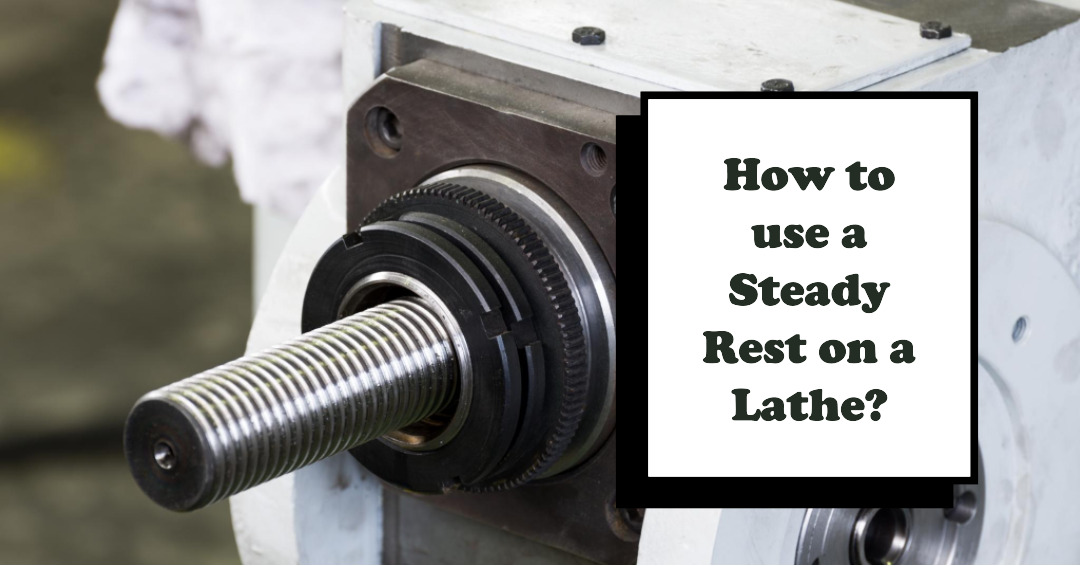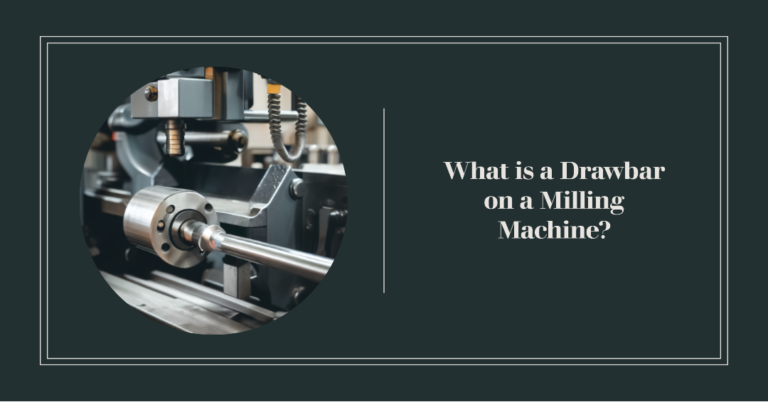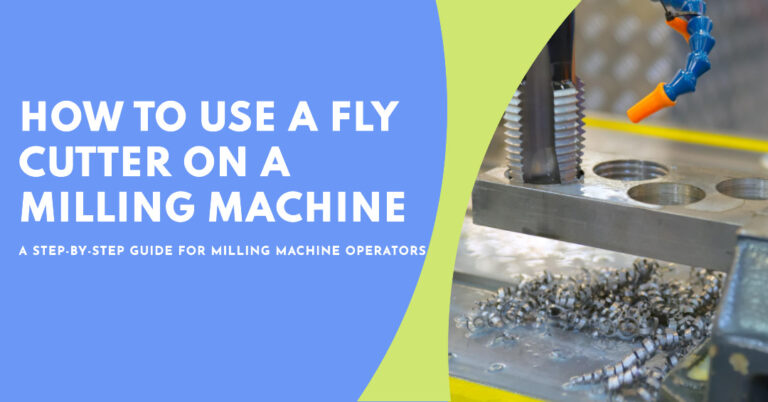how to use a steady rest on a lathe?

Ever captivated by how a craftsman transforms a plain piece of wood or metal? It’s not just about skill; the right tools are crucial. One underrated yet essential tool is the steady rest. It’s a game-changer for both accuracy and safety. Mastering it can mean the difference between a perfect piece and a costly error.
In this guide, we’ll cover various types and how they upgrade your lathe work. Whether you’re a pro or a newbie, there’s always room to grow. So let’s get started on this educational journey.
What Is a Steady Rest and What Is It Used For?
A steady rest lives up to its name it keeps things stable. It’s a must-have on a lathe machine when you’re working with pieces that are long or skinny. Without it, your work could shake, bend, or even snap due to the cutting tool’s force.
Picture this: you’re crafting a fragile piece of wood. The last thing you want is for it to wobble or break. The steady rest is like your trusty sidekick, making sure your piece stays put. This lets you focus on the carving, shaping, or cutting, worry-free.
How Do I Use a Steady Rest on a Lathe?
Think using a steady rest is complicated? It’s easier than you think. Follow these steps to get started:
- Get Organized
First things first, clean your workspace. Make sure the lathe bed is free from debris and old project bits. This sets the stage for a smooth operation. Keep all your tools within reach to avoid any hiccups. - Position the Steady Rest
Slide the steady rest close to where you’ll be cutting. Your workpiece should sit snugly between the lathe’s chuck and the steady rest’s fingers. Lock it in place for extra stability. - Oil It Up
Friction is your enemy here. So, apply some standard machine oil on the steady rest’s moving parts. This keeps everything running smoothly and extends the lifespan of your tools.
Easy, right? With some practice, this will become second nature. Next up, we’ll dive into the different types of steady rests and their unique perks.
Types of Steady Rests
Steady rests are not one-size-fits-all. They come in different shapes and sizes, each serving a specific purpose. Let’s break them down:
- Collapsible Top
Need to quickly load and unload large pieces? A collapsible top steady rest is your go-to. It folds down for easy access. - Removable Top
Frequently switching between different sizes? Opt for a removable top. It gives you more space when you need it. - Swiveling Top
Working on complex projects? A swiveling top offers the flexibility to change angles effortlessly. - Traveling Steady Rest
For long workpieces, consider a traveling steady rest. It moves with the carriage, giving consistent support from end to end. - C-Form
If your piece is bulky or intricate, a C-Form design offers easy loading and unloading thanks to its open side. - Open and Closed Grinding
Specifically for grinding jobs, these come in open and closed types. The open type gives easier access, while the closed offers extra stability. - Open Steady Rest
For quick setups, an open steady rest gives unhindered access for placing or removing workpieces. - Roller Steady Rest
Want less friction? Go for a roller steady rest. It features rollers instead of solid fingers for a smoother operation. - Ring Steady Rest
For all-around support, especially for delicate pieces, consider a ring steady rest. It encircles your workpiece. - Tailstock
Though not a typical steady rest, a tailstock is essential for balancing long pieces opposite the lathe’s headstock.
Now you know your options, making it easier to pick the right steady rest for your next project.
Conclusion
Working with a lathe is like a well-choreographed dance you and the machine, in sync. To keep the dance flawless, you’ll want to get friendly with your steady rest. Whether you’re shaping, carving, or grinding, it’s your sidekick for precise, safe work.
Like any tool, it’s all about knowing when and how to use it. So next time you stand before your lathe, don’t forget your trusty steady rest. It’s your ticket to creative freedom, without the bumps and stumbles.
FAQs:
How does a steady rest work on a lathe?
A steady rest supports long or slender workpieces on a lathe, preventing flexing or vibrations during operations. It provides stability and ensures precision.
What are the uses of lathe steadies?
Lathe steadies support workpieces, particularly long or slender ones, to prevent wobbling, flexing, or breaking during turning operations.
Where is the steady rest fixed on a lathe?
The steady rest is positioned on the lathe bed, typically between the lathe’s chuck and the area where the cutting or shaping will occur.






